As early as next week, we will find out where Apple will move mobile photography again. His iPhones are among the best photomobiles and we already know that this year's generation will be very different. Cameras are one of those segments that manufacturers are constantly improving along with displays and performance. But is it really necessary at all?
The duo of iPhone 13 Pro and 13 Pro Max reached the fourth place of the renowned photography test after their launch DXOMark. So they weren't medals, but it was still top notch. The interesting thing is that they are still the top. They currently occupy the 6th position, when only two models jumped over them during the whole year (Honor Magic4 Ultimate, which leads the ranking, and Xiaomi 12S Ultra).
It's a testament to how great the current generation cameras really are, as well as how toothless the competition is, that they don't come up with anything in a year that can match the now-almost-a-year-old iPhones - of course, if we take DXOMark as independent test, which is also debatable.
It could be interest you
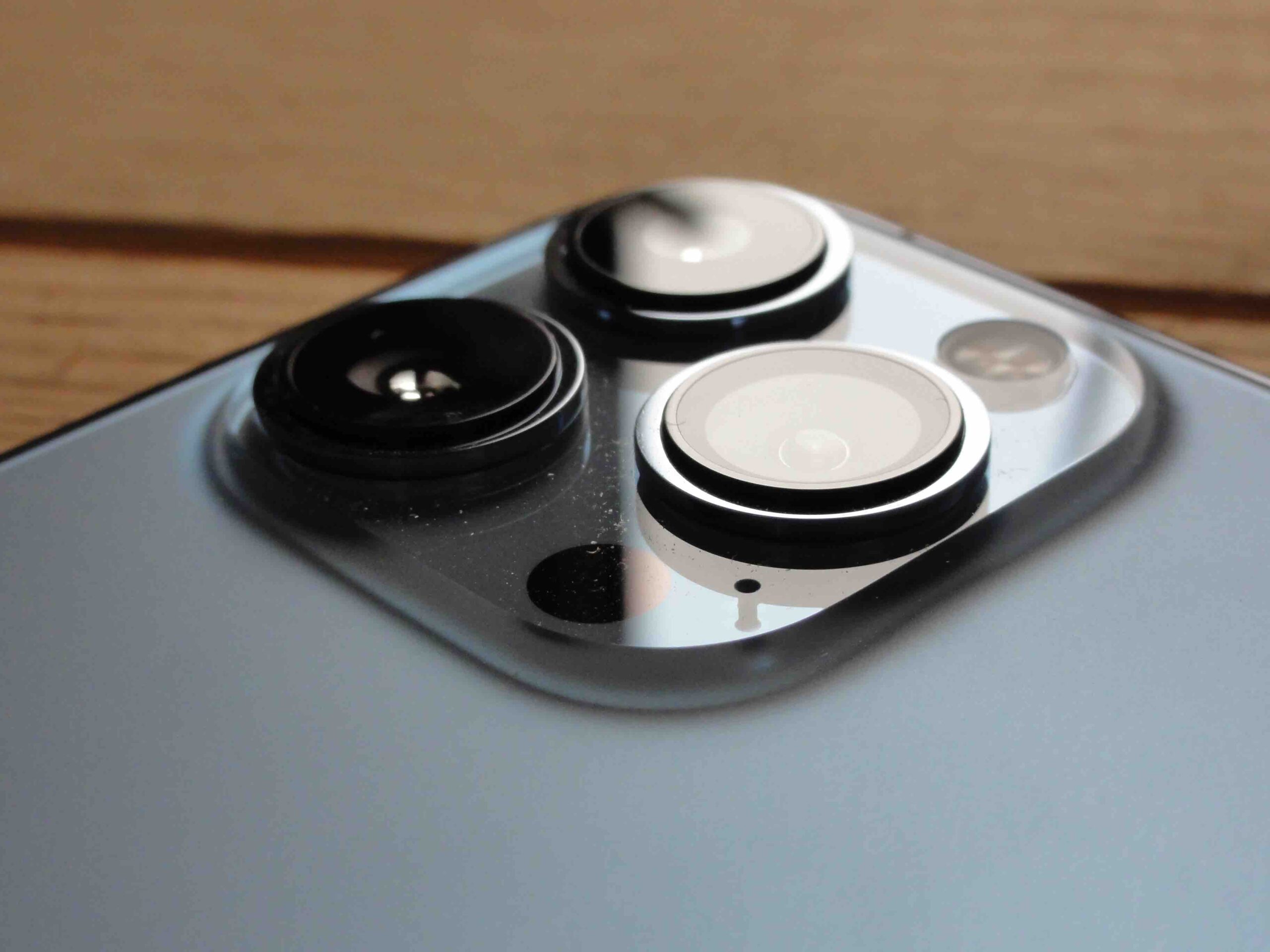
A better wide-angle and ultra-wide-angle lens
This year, the iPhone 14 Pro models are strongly expected to get a new 48MPx wide-angle camera capable of recording video in 8K. Apple will thus abandon its triple 12MPx assembly and adopt pixel merging technology, it is just a question of whether it will allow the user to take photos even in full resolution, or if it will still push him only 12MPx photos.
The front TrueDepth camera should also receive an improvement, which should remain at 12 MPx, but its aperture should be improved, from ƒ/2,2 to ƒ/1,9 with automatic focus, which of course will lead to better results especially in poor light conditions. It can be expected that this improvement will come only with the Pro models, since Apple will redesign the entire cutout for them, everything should remain the same for the basic series, that is, as it is now with the iPhone 13 and 13 Pro.
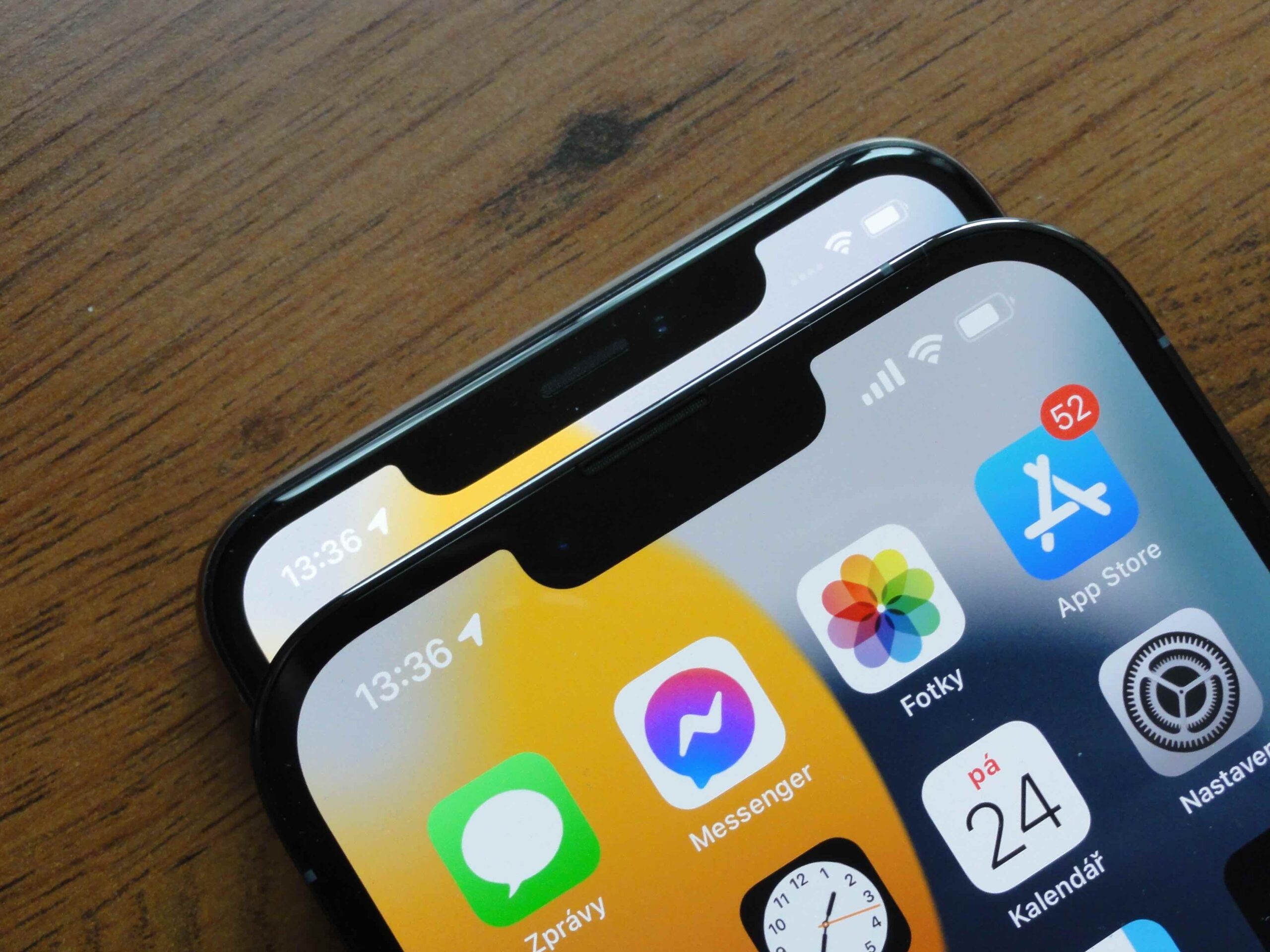 iPhone XS Max and iPhone 13 Pro Max cutout
iPhone XS Max and iPhone 13 Pro Max cutout
Well-known analyst Ming-Chi Kuo, however, at the last minute he rushed with the information that once again only the Pro models will also get an improved ultra-wide-angle camera. He said on Twitter that they should have a larger sensor, which will therefore have larger pixels, even if the resolution will still be 12 MPx. This will make the resulting photos have less noise as the sensor captures more light.
The current pixel size on the iPhone 12 Pro's 13MP ultra-wide-angle camera is 1,0 µm, it should now be 1,4 µm. However, Kuo also states that the necessary components are 70% more expensive than in the previous generation, which could be reflected in the speculated final price.
But is it necessary?
It is generally expected that with the improvement of the optics of the iPhones, the entire module will again be slightly larger, so that it will protrude a bit more above the back of the device. Objectively, it must be said that it is nice that the manufacturer is trying to improve the photographic skills of the world's most popular camera, but at what cost? Now we don't just mean the financial one.
It could be interest you

The protruding photo module of the iPhone 13 Pro is already quite extreme and it is not exactly pleasant, either with regard to wobbling on the table or catching dirt. But it is still acceptable, even if on the edge. Instead of improving the cameras, I'd rather Apple focus on "optimizing" them for the size of the device. It is true that the iPhone 13 Pro (Max) is already a very advanced photography tool that will completely replace any cameras that a non-professional user might use for everyday photography.
In addition, instead of improving the ultra-wide-angle camera, Apple should pay more attention to the telephoto lens. The results of the ultra-wide-angle camera are still very questionable and their use is very specific. However, the fixed three-fold zoom is no wonder, even with regard to the ƒ/2,8 aperture, so if you don't have the sun shining, it's worth zooming in on the subject instead of zooming. So Apple should stop ignoring periscopes and maybe try to take a risk, perhaps at the expense of an ultra-wide-angle camera.
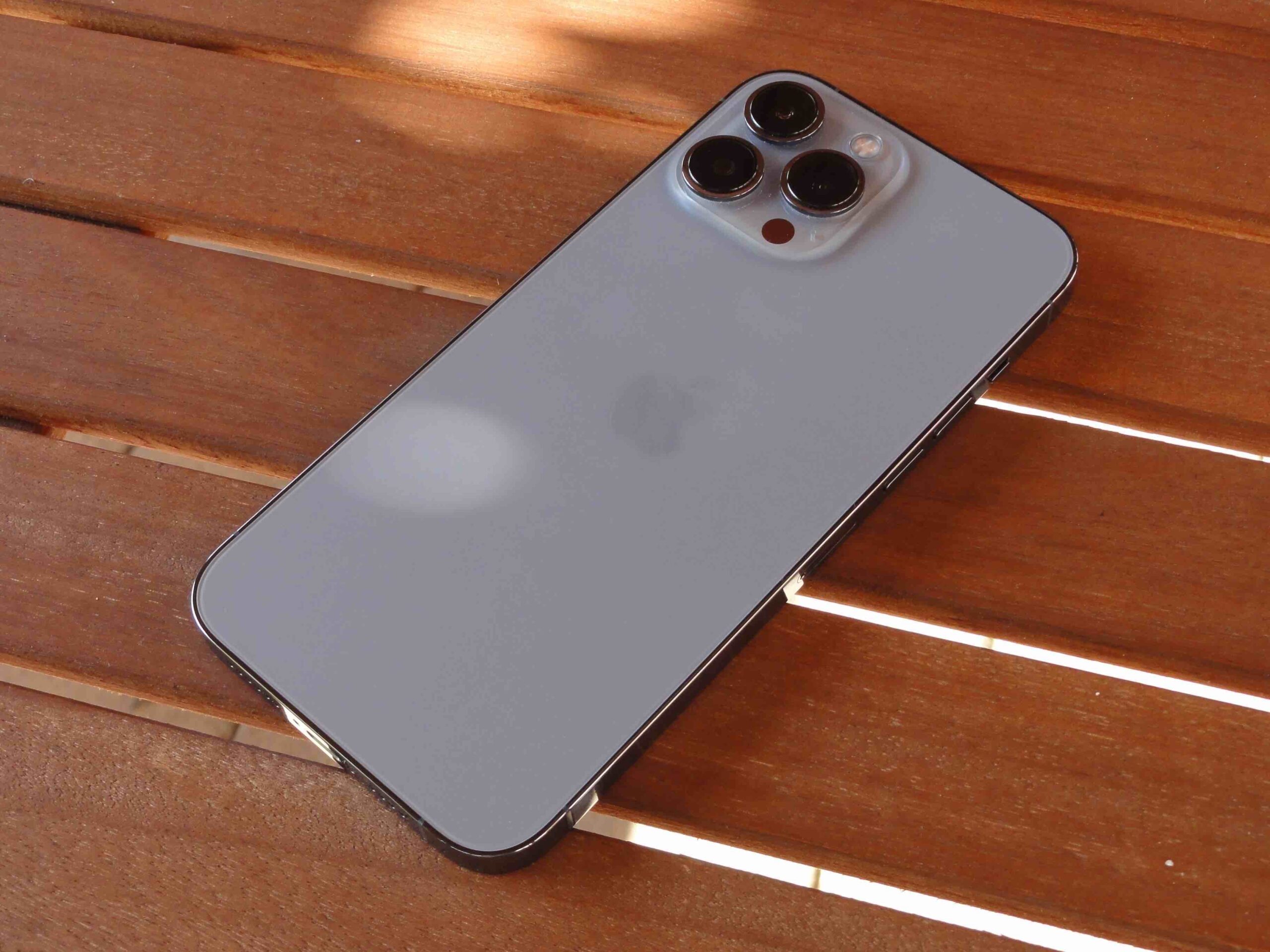
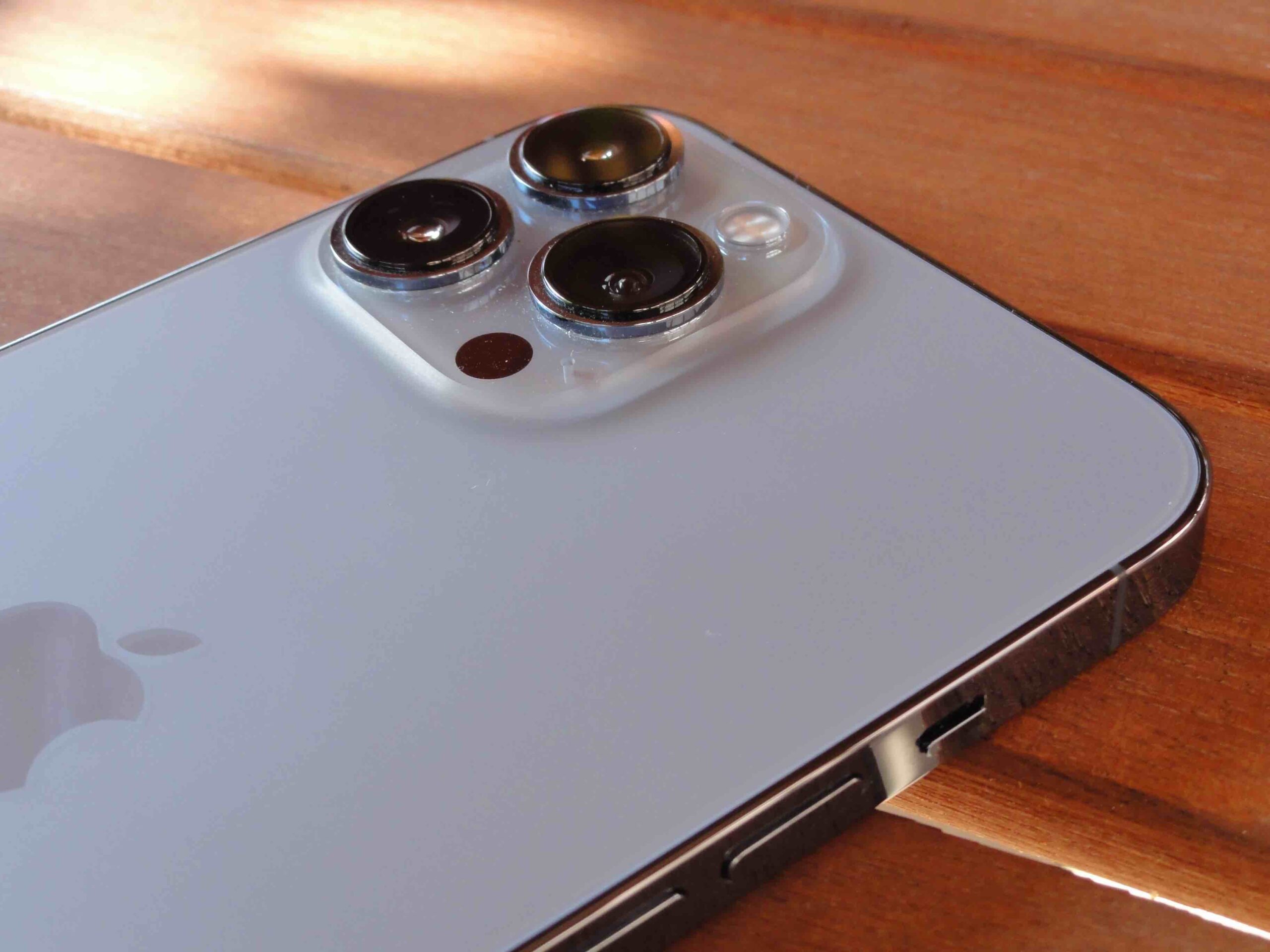
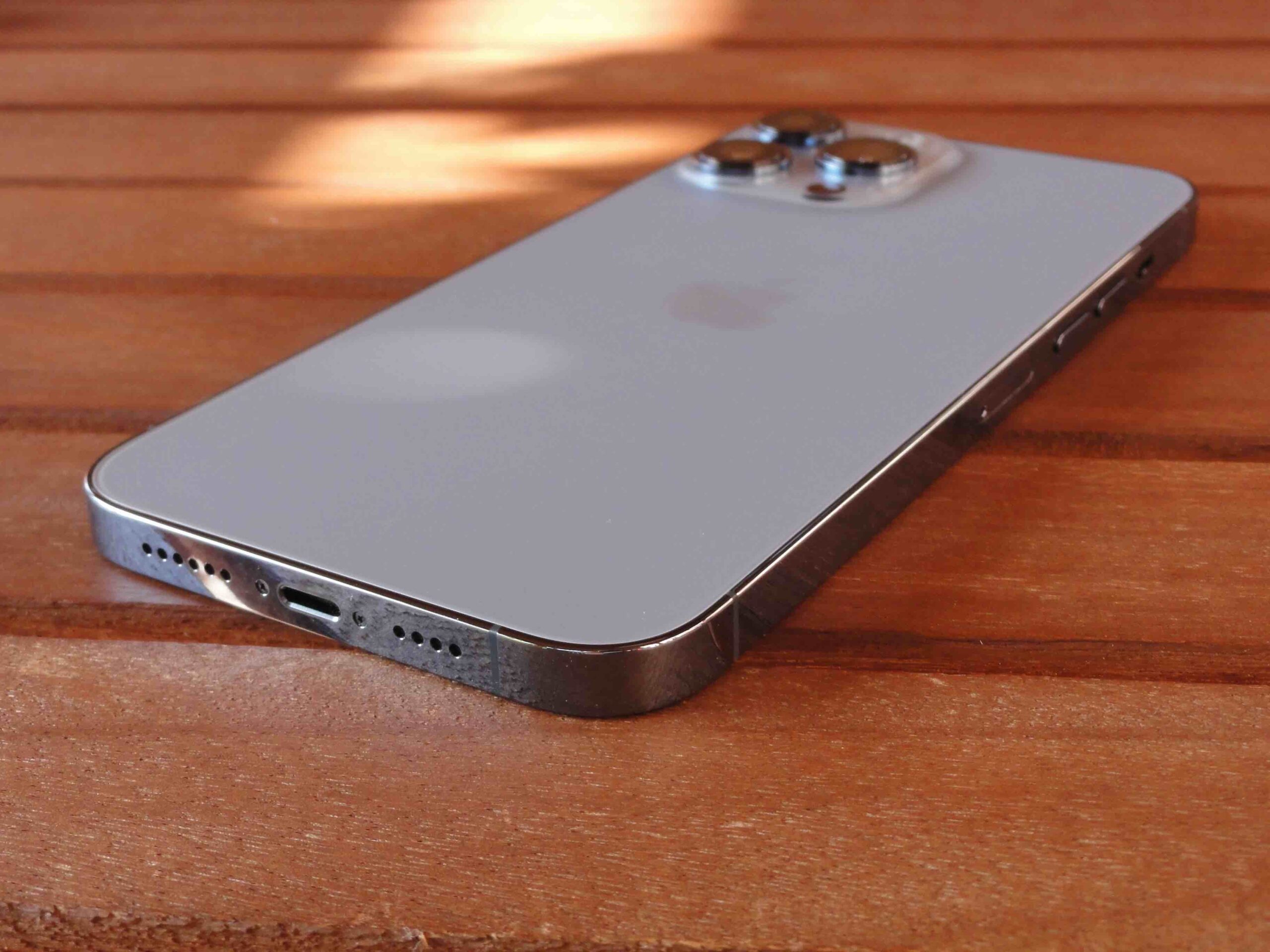
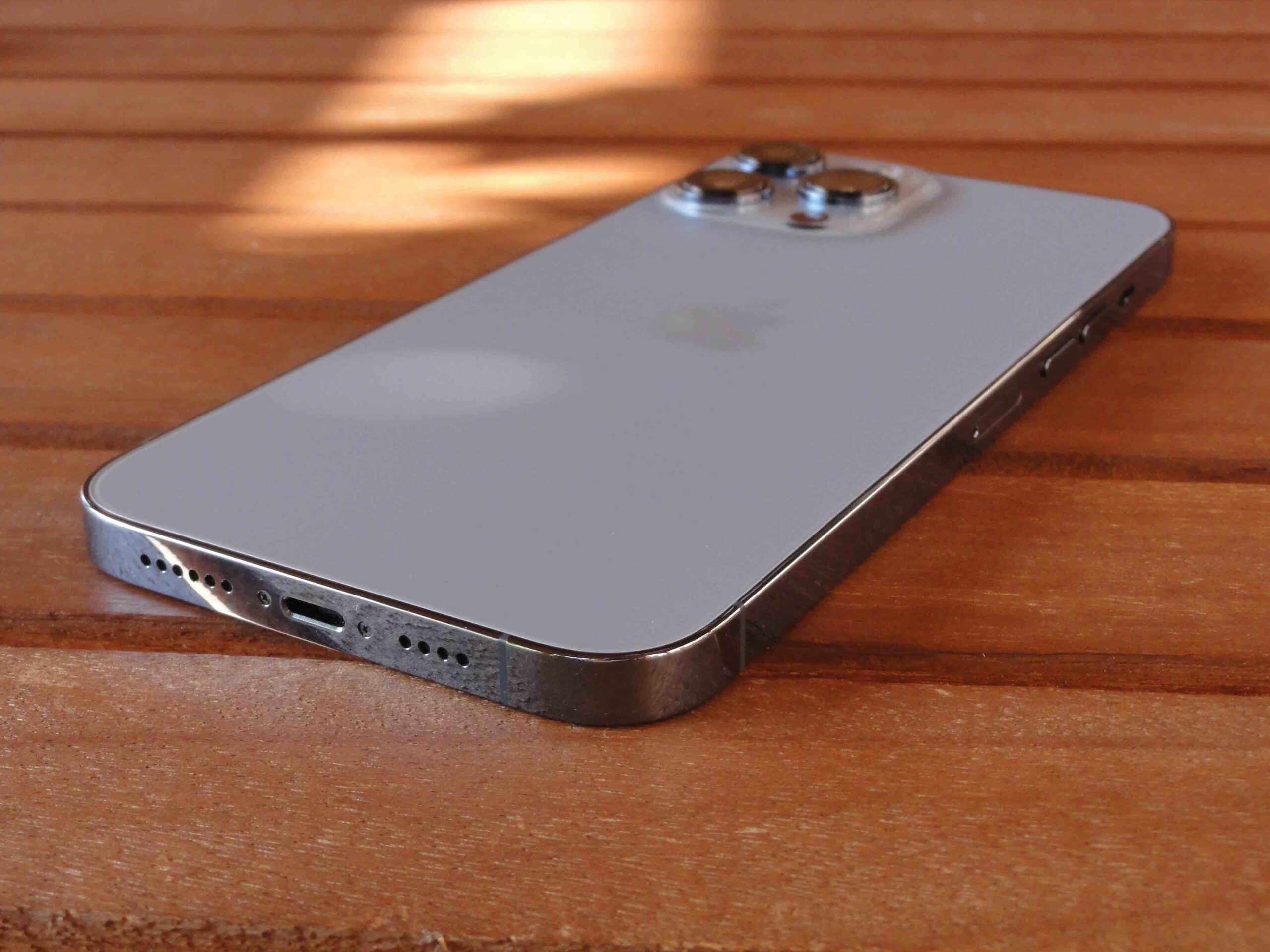
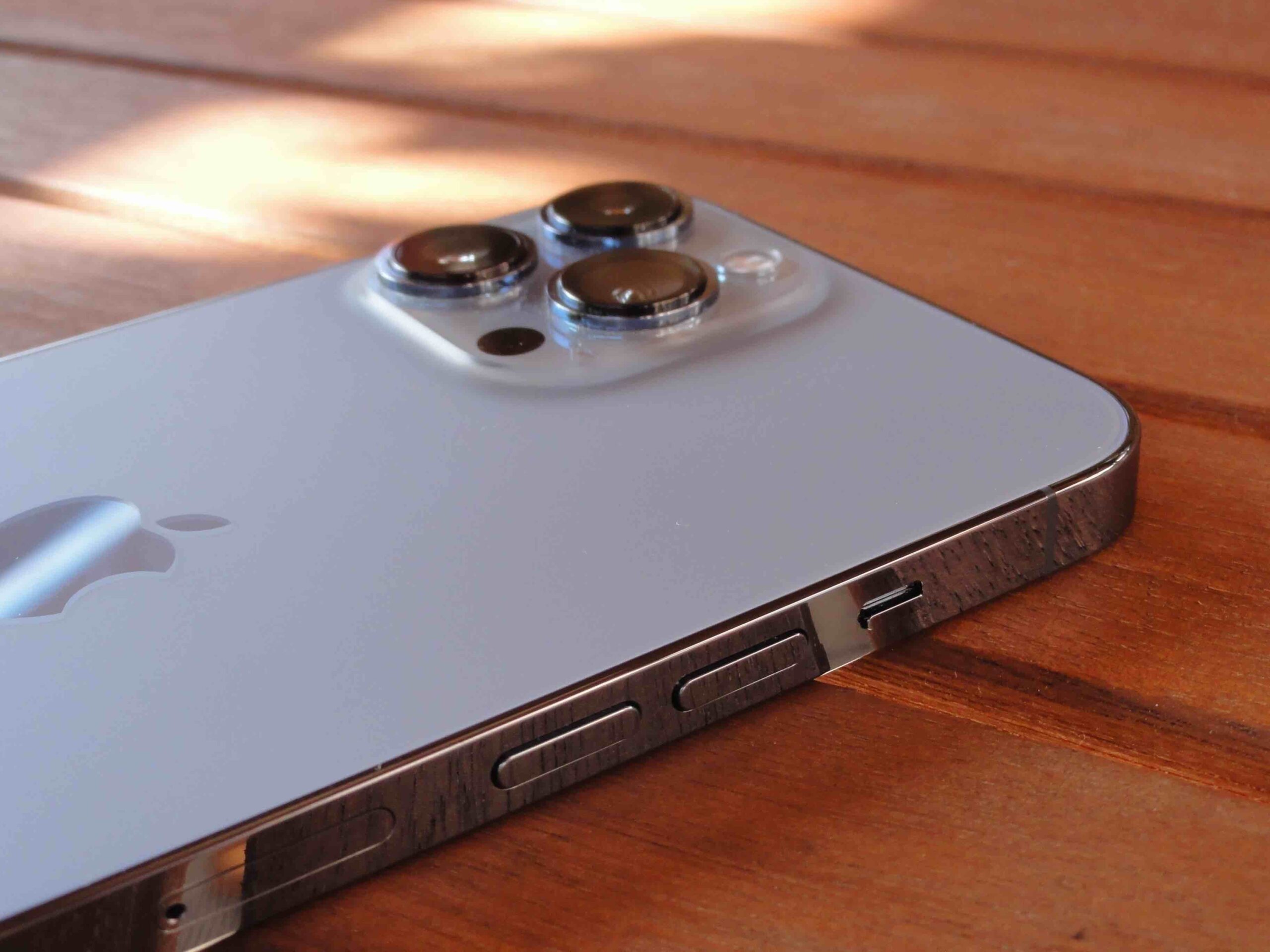
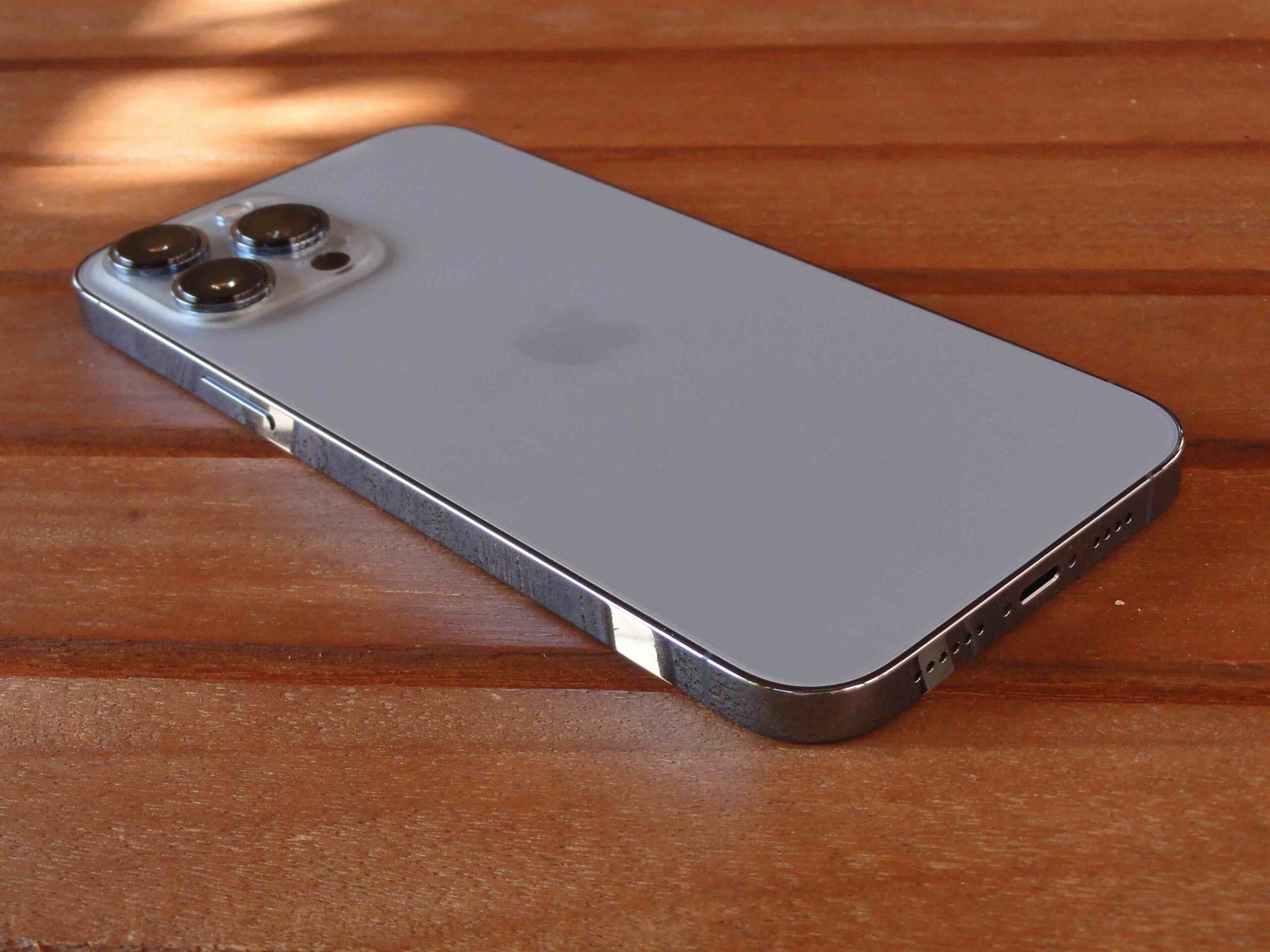
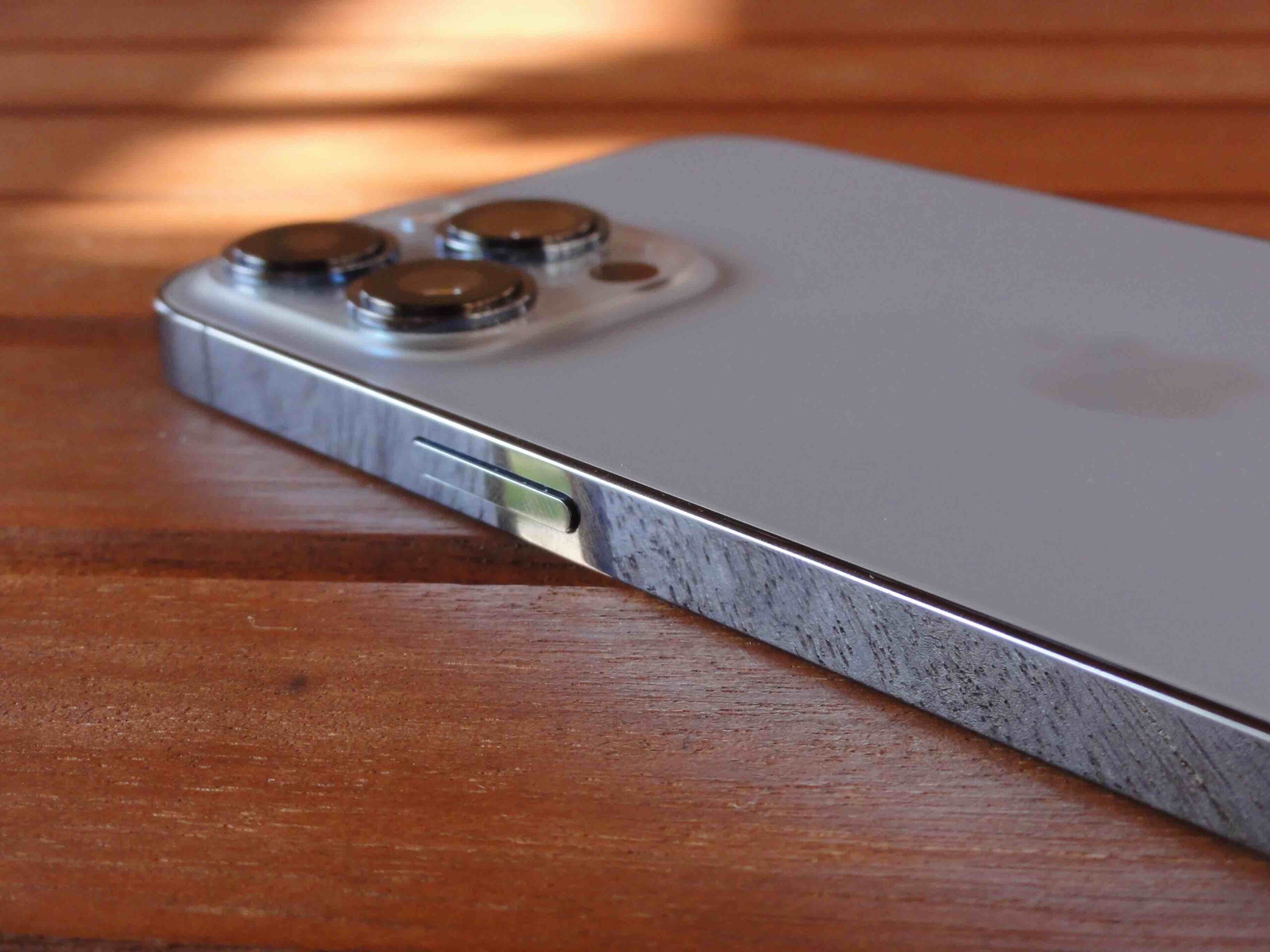
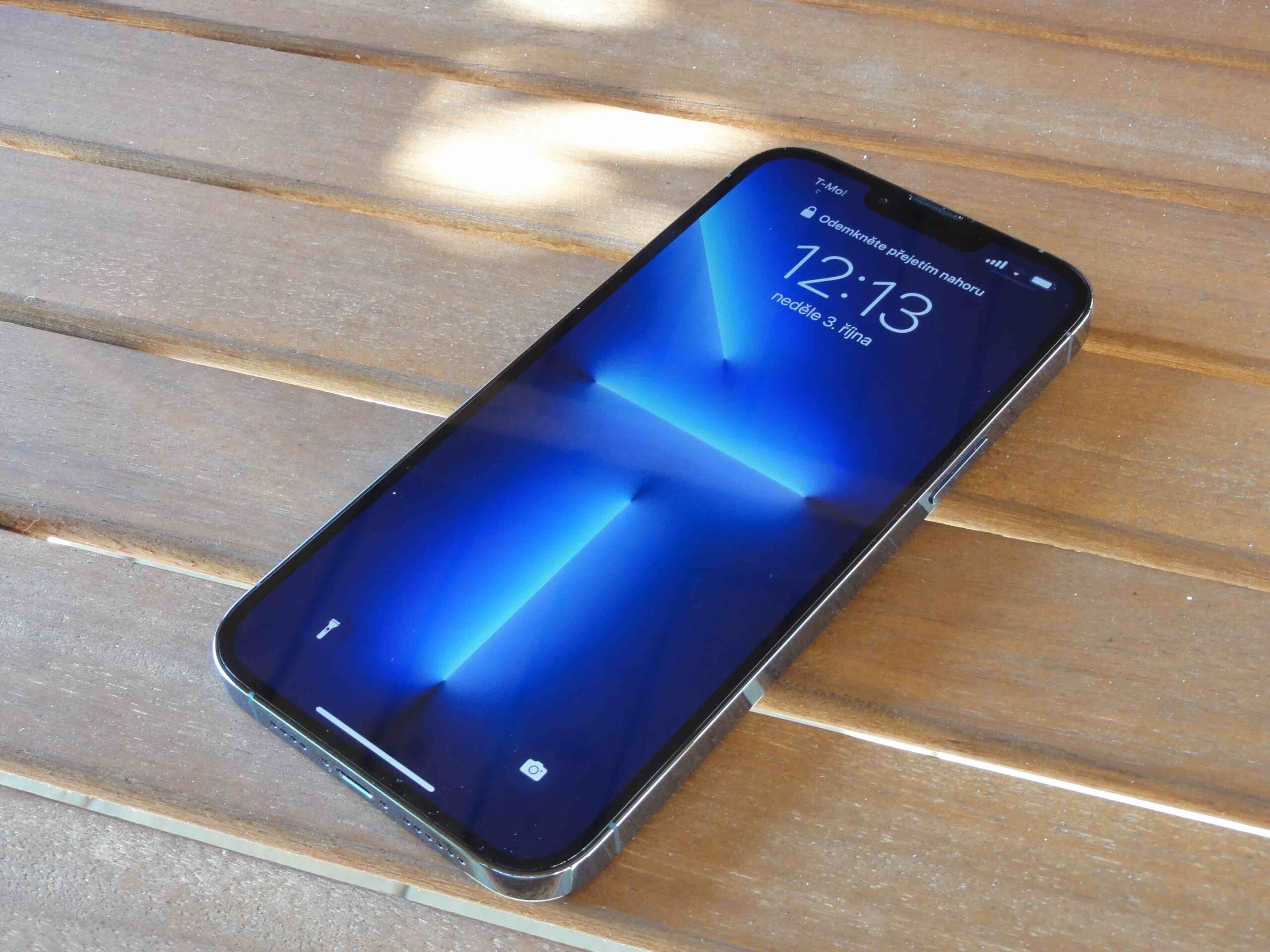
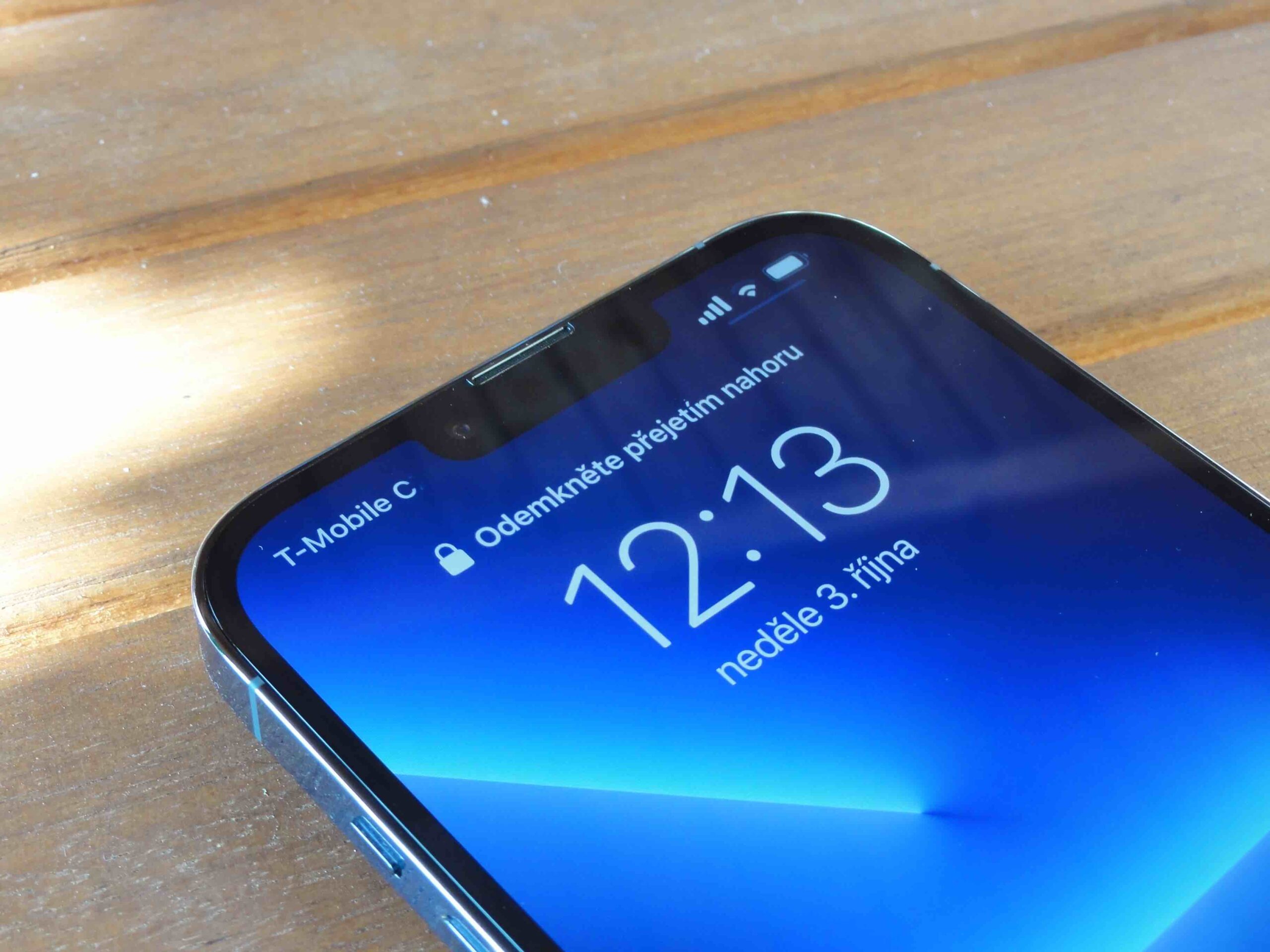
 Adam Kos
Adam Kos 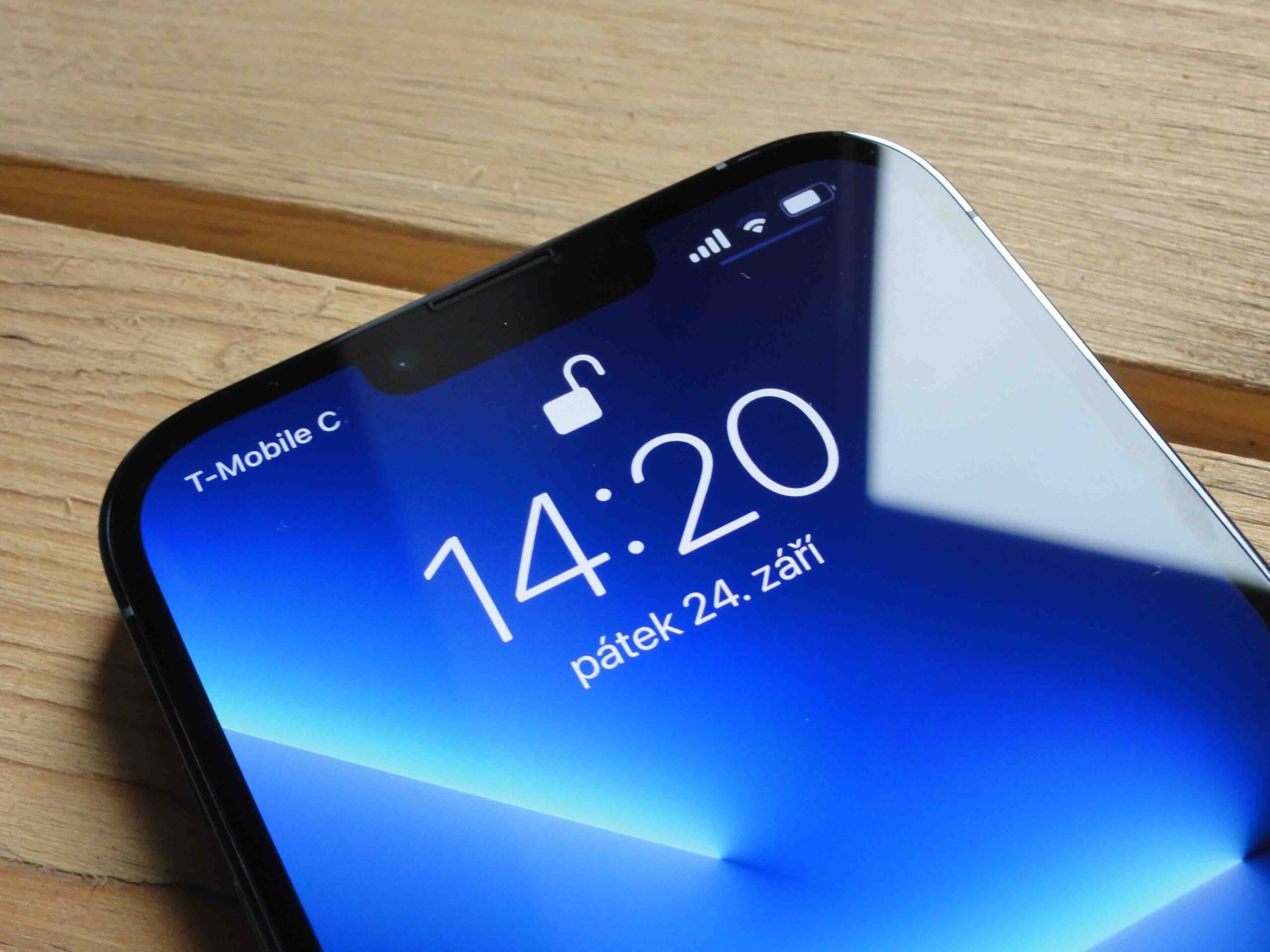
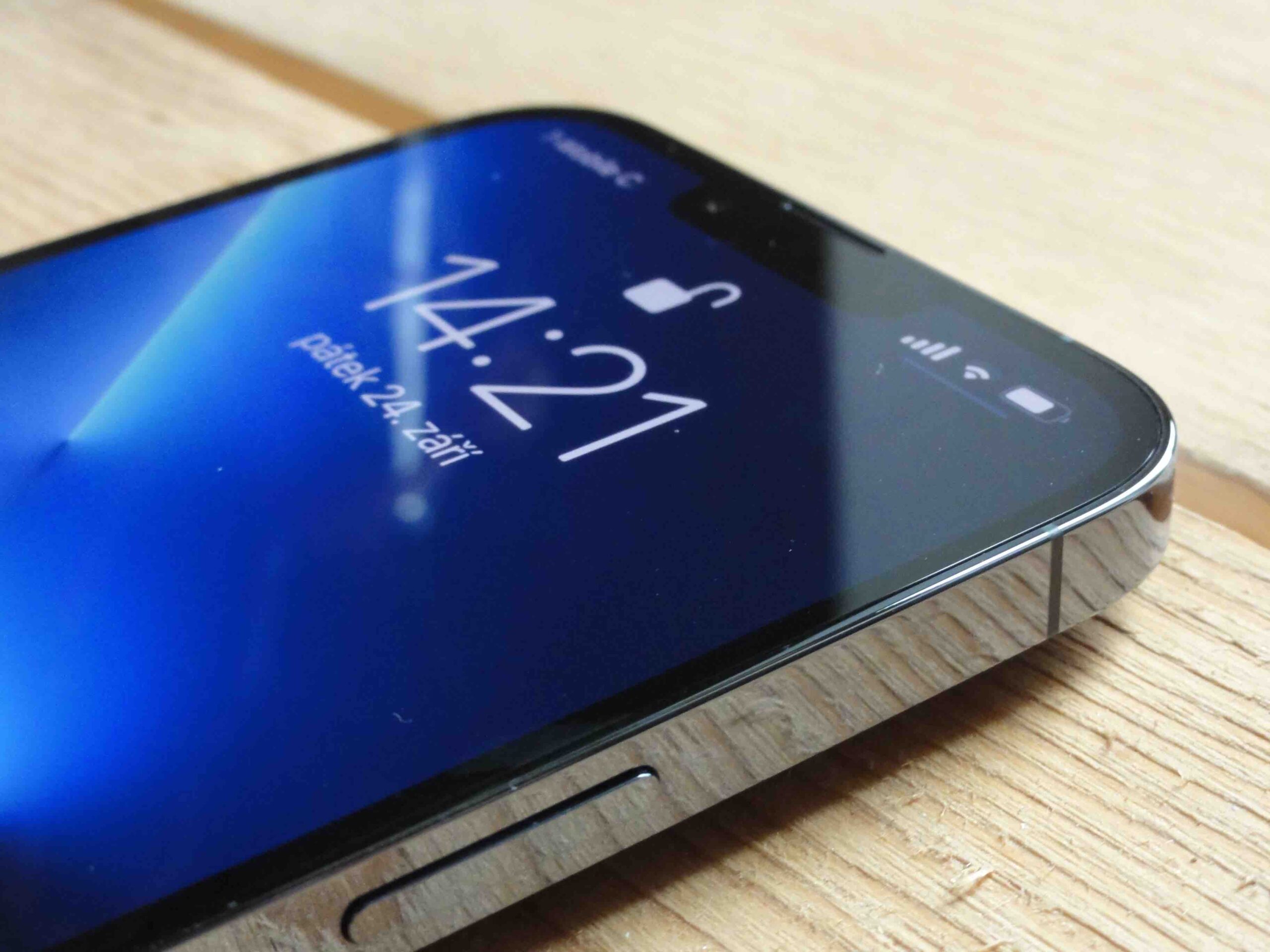
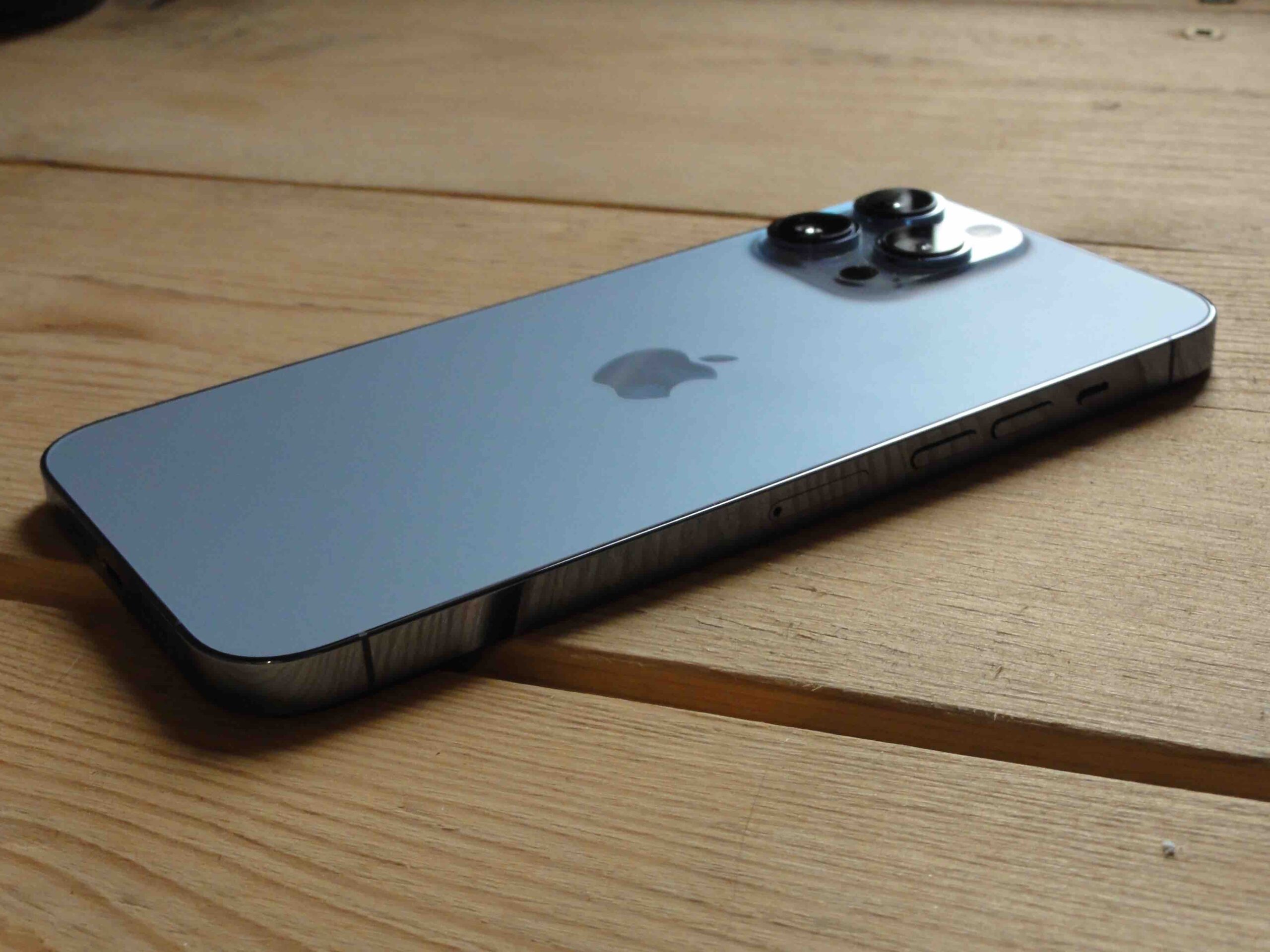


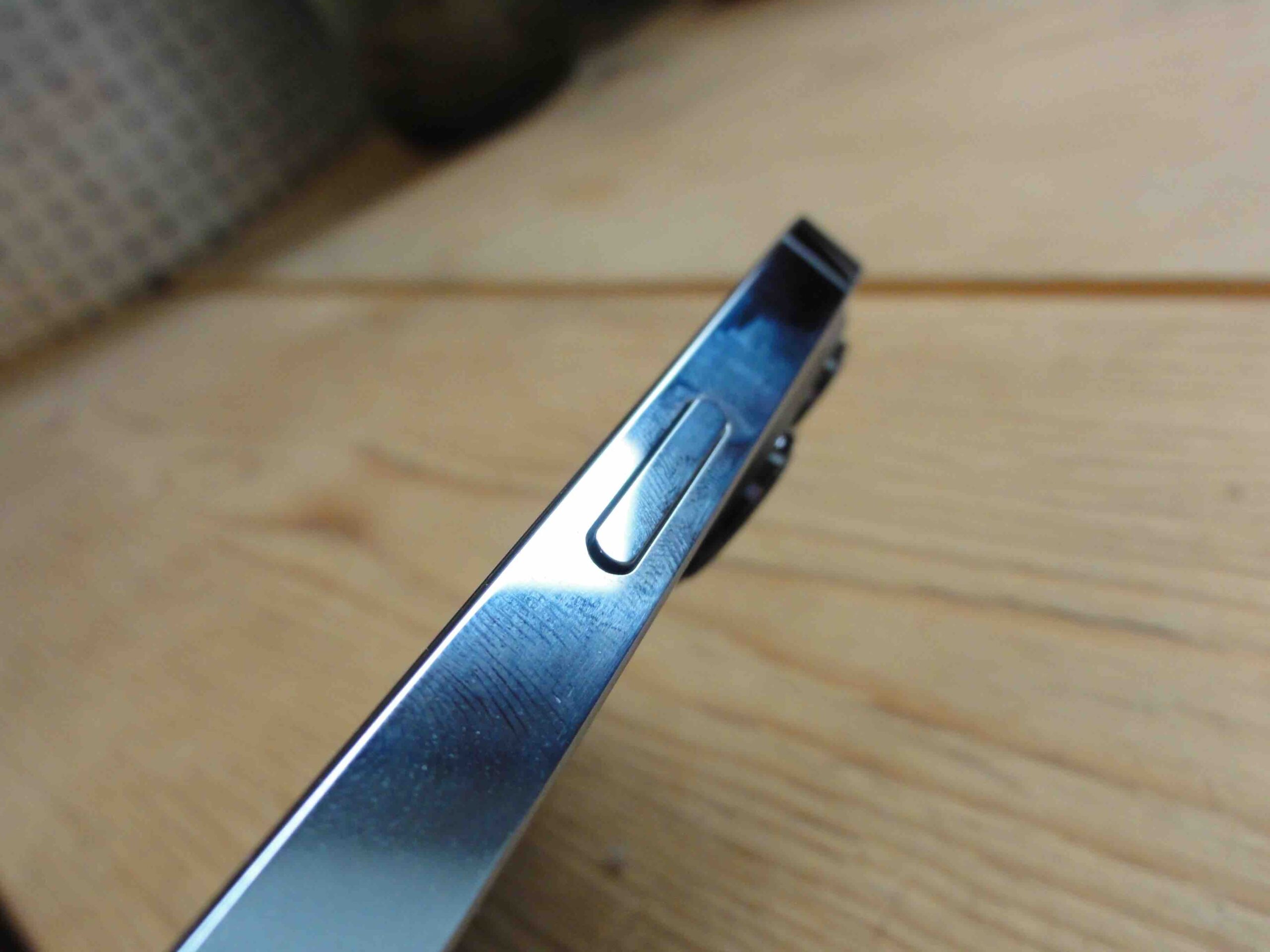
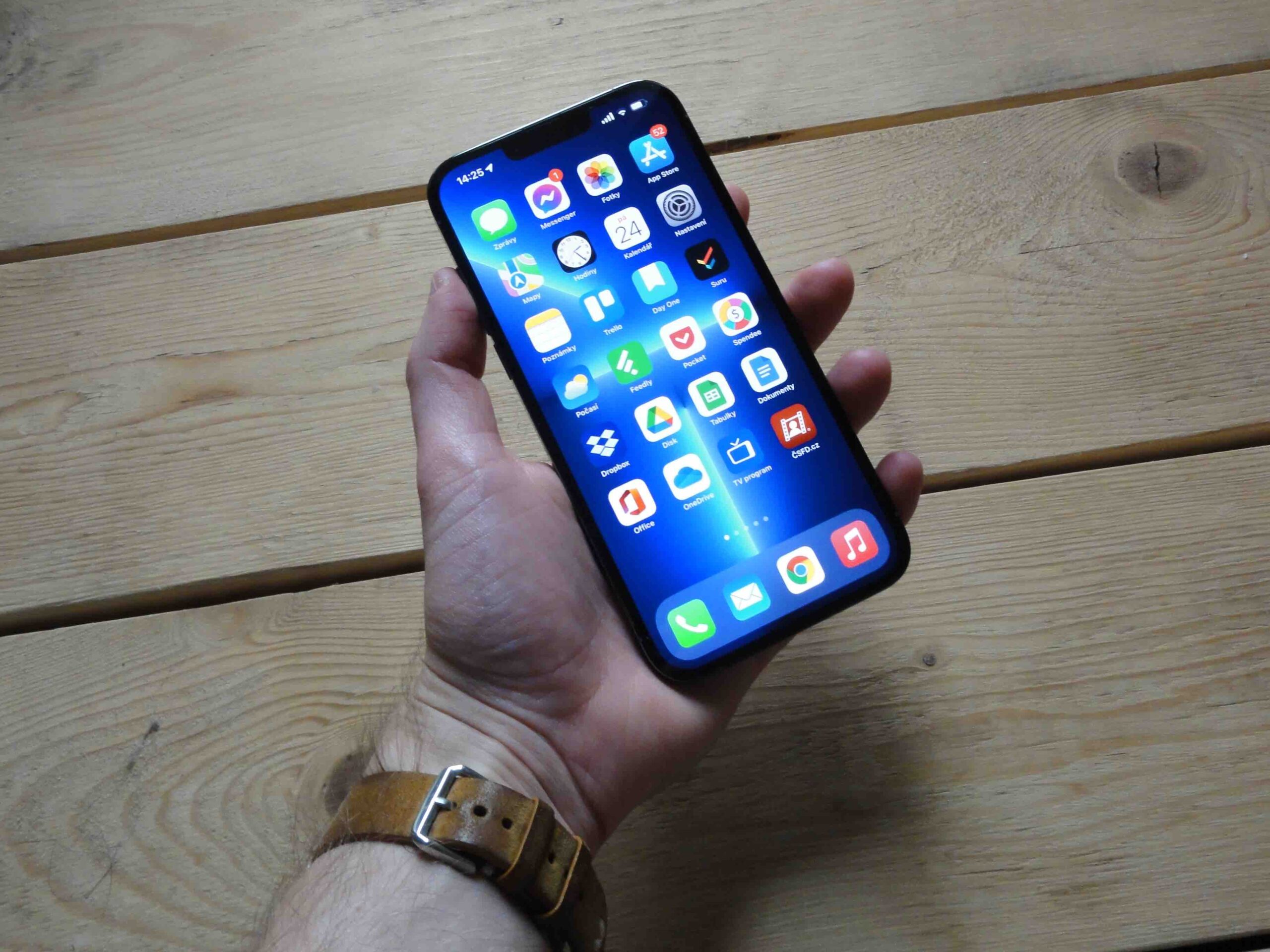
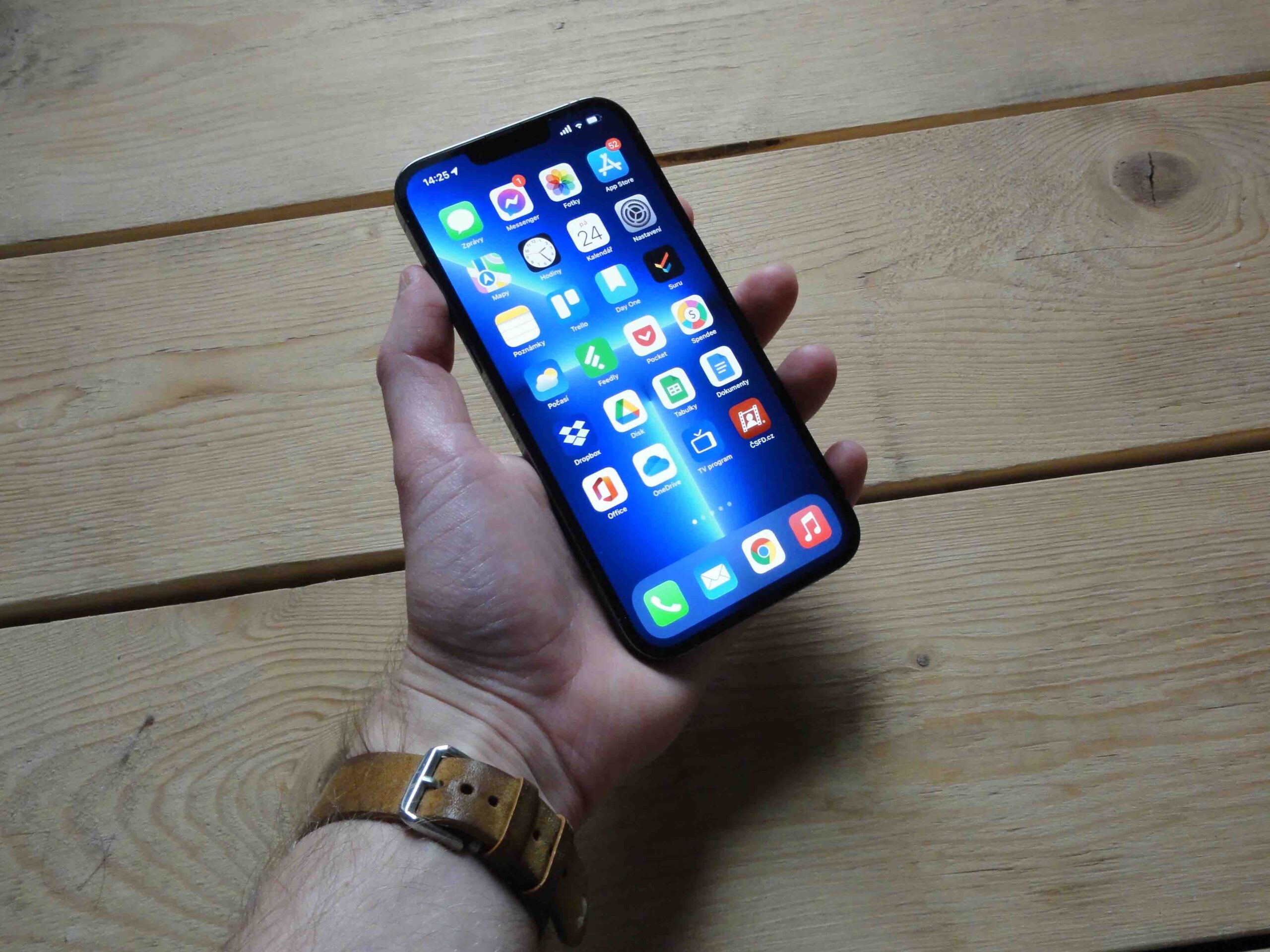
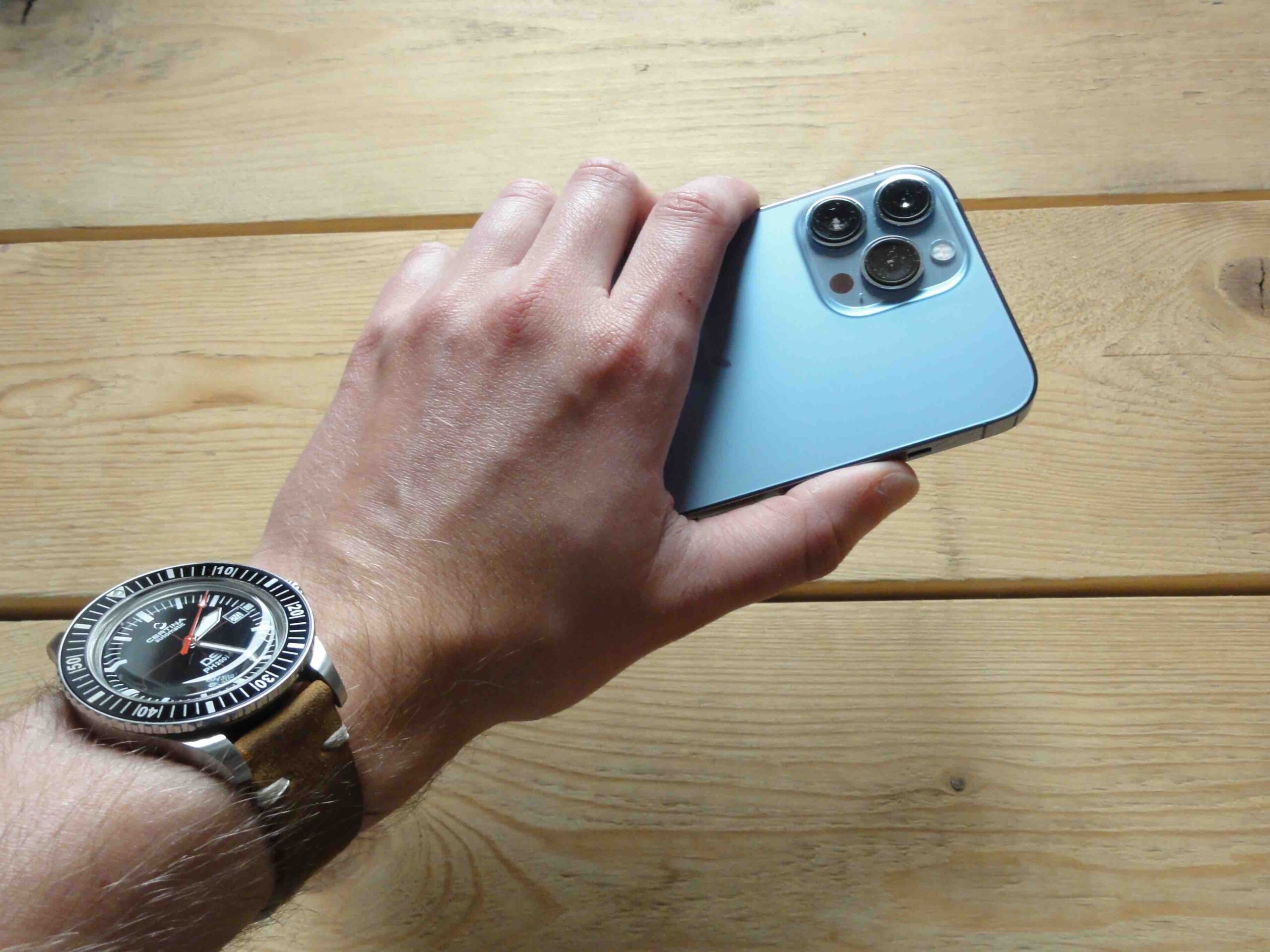
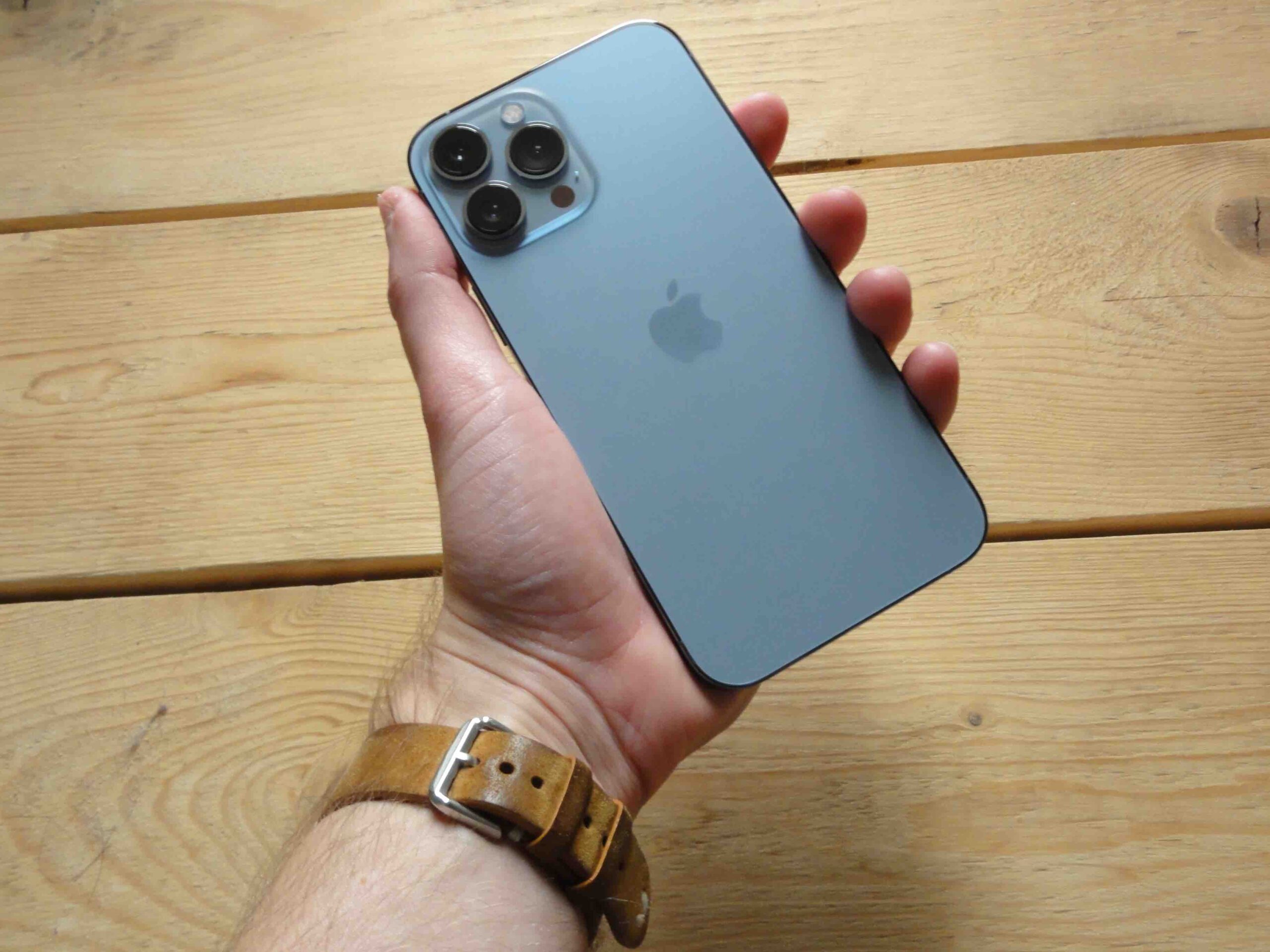
Do you really take DxoMark as a currency? So the page where money determines the ranking?
I don't mean to diminish the quality of Apple's cameras - together with Samsung, they belong to the top not only in quality, but above all in reliability...
I absolutely disagree. For 100 photos, I only need to use zoom for one. If an ultra-wide-angle lens far more often. I am extremely pleased that they want to improve this lens.